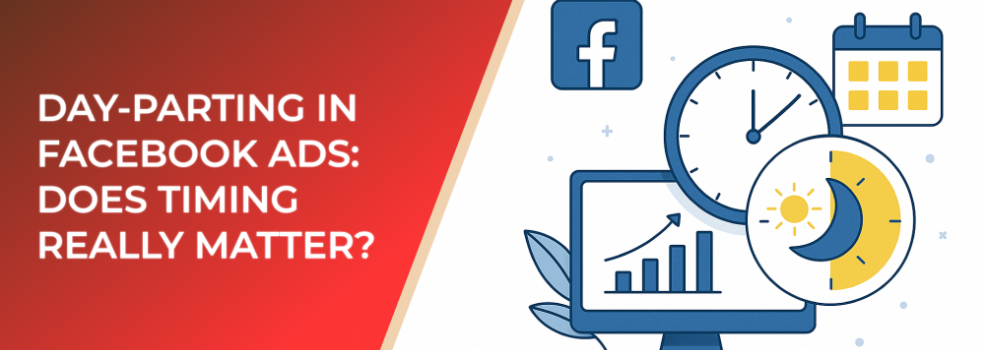Every advertiser has asked the question: does the time of day really impact Facebook ad performance? The answer is not as simple as yes or no. Day-parting—the practice of scheduling your ads to run at specific hours or days—can be a powerful optimization tactic, but it depends on your audience, budget, and campaign goals.
What Is Day-Parting?
Day-parting is the strategy of showing your ads only during specific time frames. For example, a retailer may choose to run ads only in the evenings when most of their customers are online, while a B2B brand may focus on weekdays during working hours. The goal is to allocate ad spend during periods when your audience is most likely to engage and convert.
Does Timing Really Matter?
Data suggests it does—at least in certain contexts. Meta’s own studies reveal that engagement rates can vary by up to 30% depending on the time of day and day of the week. For example:
-
Consumer-focused brands often see higher engagement in the evenings and weekends.
-
B2B campaigns typically perform better on weekdays between 9 a.m. and 5 p.m.
-
E-commerce campaigns frequently benefit from late-night browsing, especially on mobile devices.
However, these are averages. Your audience may not follow the same patterns. That’s why testing is essential.
Benefits of Day-Parting
-
Improved Efficiency: Spend is allocated to peak hours, reducing wasted impressions.
-
Higher CTRs and Conversions: Ads are shown when people are more likely to act.
-
Better Budget Control: Ideal for advertisers with smaller budgets who can’t afford 24/7 exposure.
Risks of Overusing Day-Parting
-
Missed Opportunities: Limiting ad delivery too strictly may cause you to lose conversions outside your chosen hours.
-
Algorithm Limitations: Facebook’s algorithm performs best with flexibility and larger data sets. Too much restriction can weaken performance.
-
Changing Behavior: Consumer habits evolve, and yesterday’s best time slot may not hold true tomorrow.
How to Test Day-Parting in Your Campaigns
-
Start broad, then analyze your performance data by time of day and day of the week.
-
Identify patterns in cost-per-click (CPC), click-through rate (CTR), and cost per conversion.
-
Run controlled tests by turning off ads during low-performing windows.
-
Reassess every quarter since consumer behavior shifts with seasons, holidays, and trends.
According to performance benchmarks, advertisers who strategically apply day-parting can see 10–20% improvements in ROAS, especially when combined with precise audience targeting.
Related Reads on LeadEnforce
If you want to refine your Facebook ad strategies further, check out these articles:

